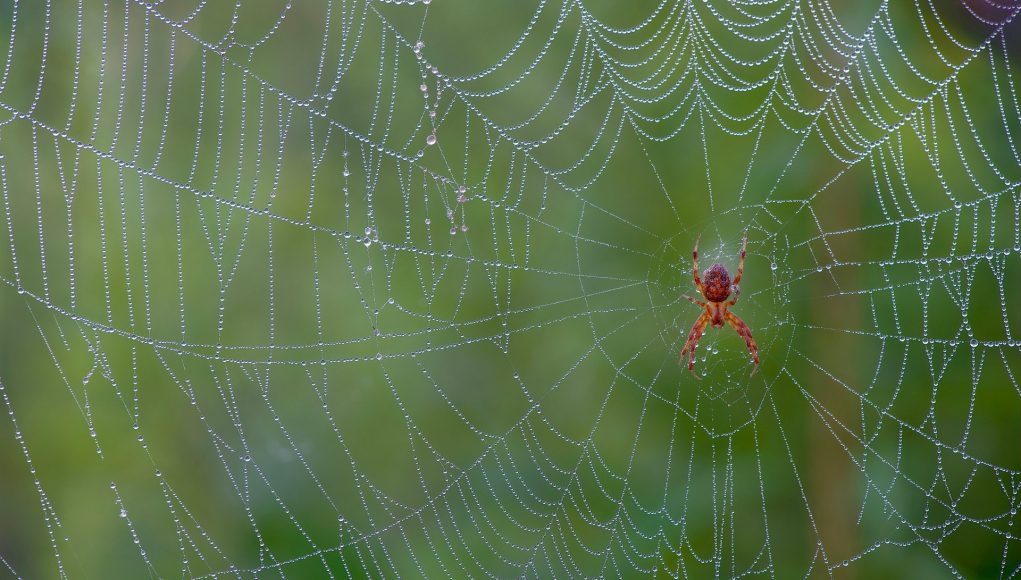Throughout history, animals such as ravens, snakes, bats, spiders, toads, and owls have been enveloped in eerie folklore and haunting tales, often misunderstood due to their ominous reputations. However, beyond these superstitions lies a reality far more fascinating. Each of these creatures plays a vital role in our ecosystem, contributing uniquely to biodiversity. Let’s delve into the truths behind the myths and uncover why these animals are not as frightening as they may seem.
Ravens: Intelligent and Resilient
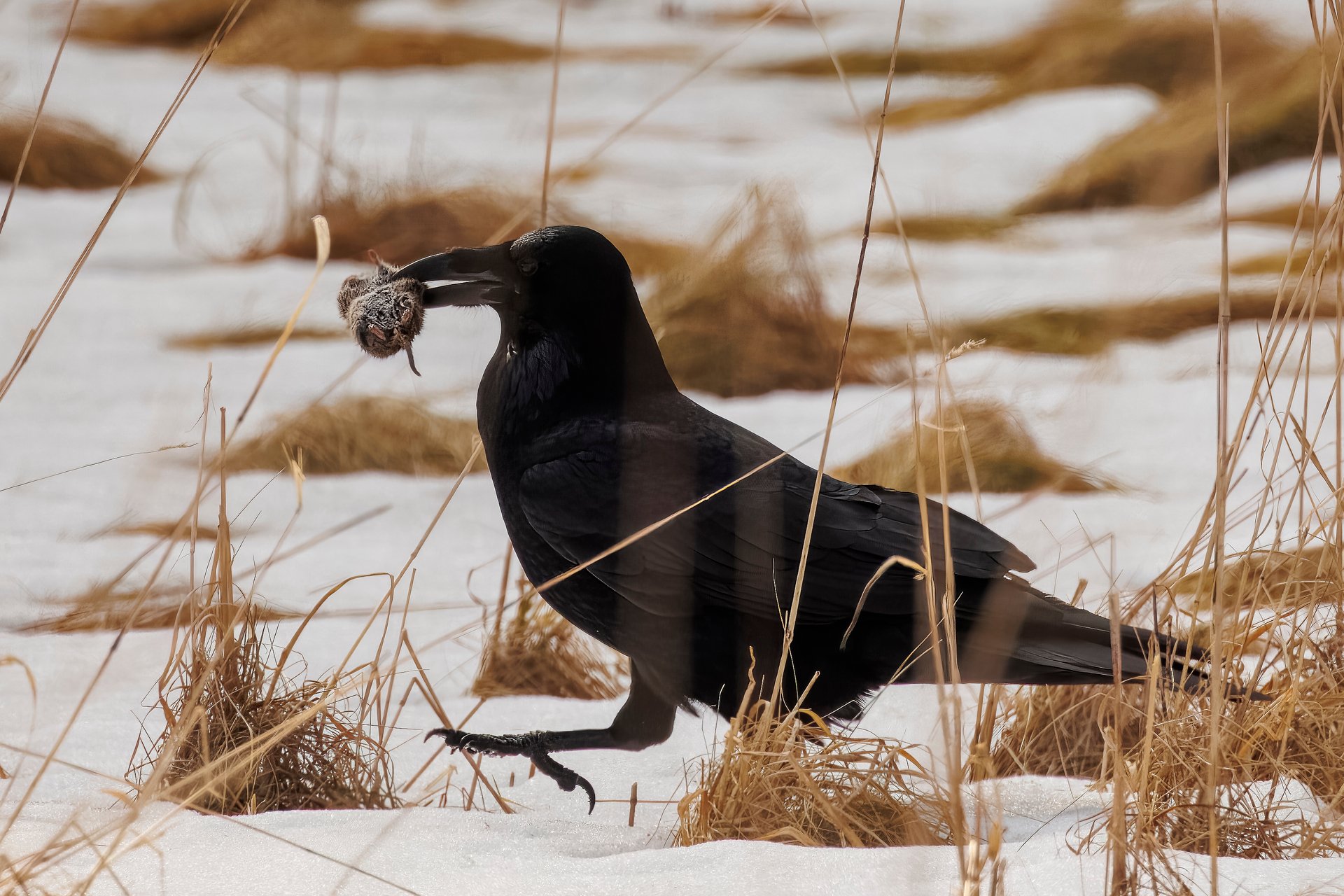
Immortalized in Edgar Allan Poe’s “The Raven,” these birds have often been seen as harbingers of doom. Their scavenging habits, feeding on carrion, reinforced associations with death. However, ravens are remarkably intelligent and adaptable. Once widespread across regions like New England, their numbers dwindled due to habitat loss and hunting. With legal protections and forest regeneration, ravens have made a notable comeback, showcasing their resilience.
Spiders: Nature’s Pest Controllers
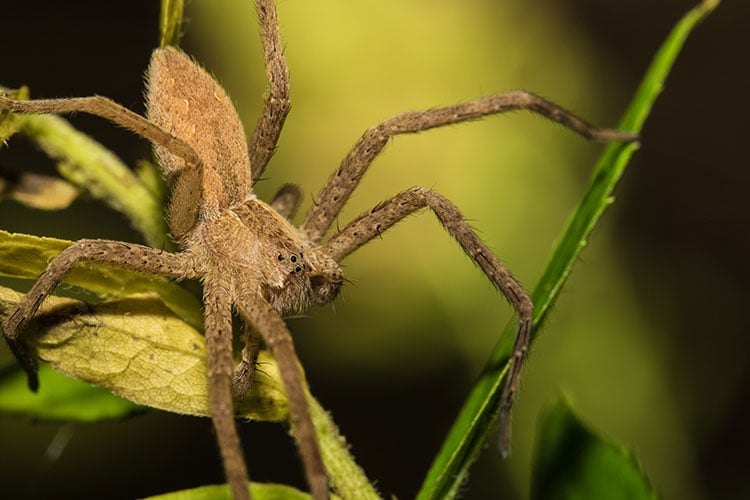
Spiders often evoke fear with their eight-legged appearance and intricate webs. Yet, they serve as natural pest control agents, capturing a variety of insects and maintaining ecological balance. While fictional portrayals depict them as monstrous, most spiders, like the common wolf spider, are harmless and play a crucial role in managing insect populations.
Toads: Misunderstood Amphibians
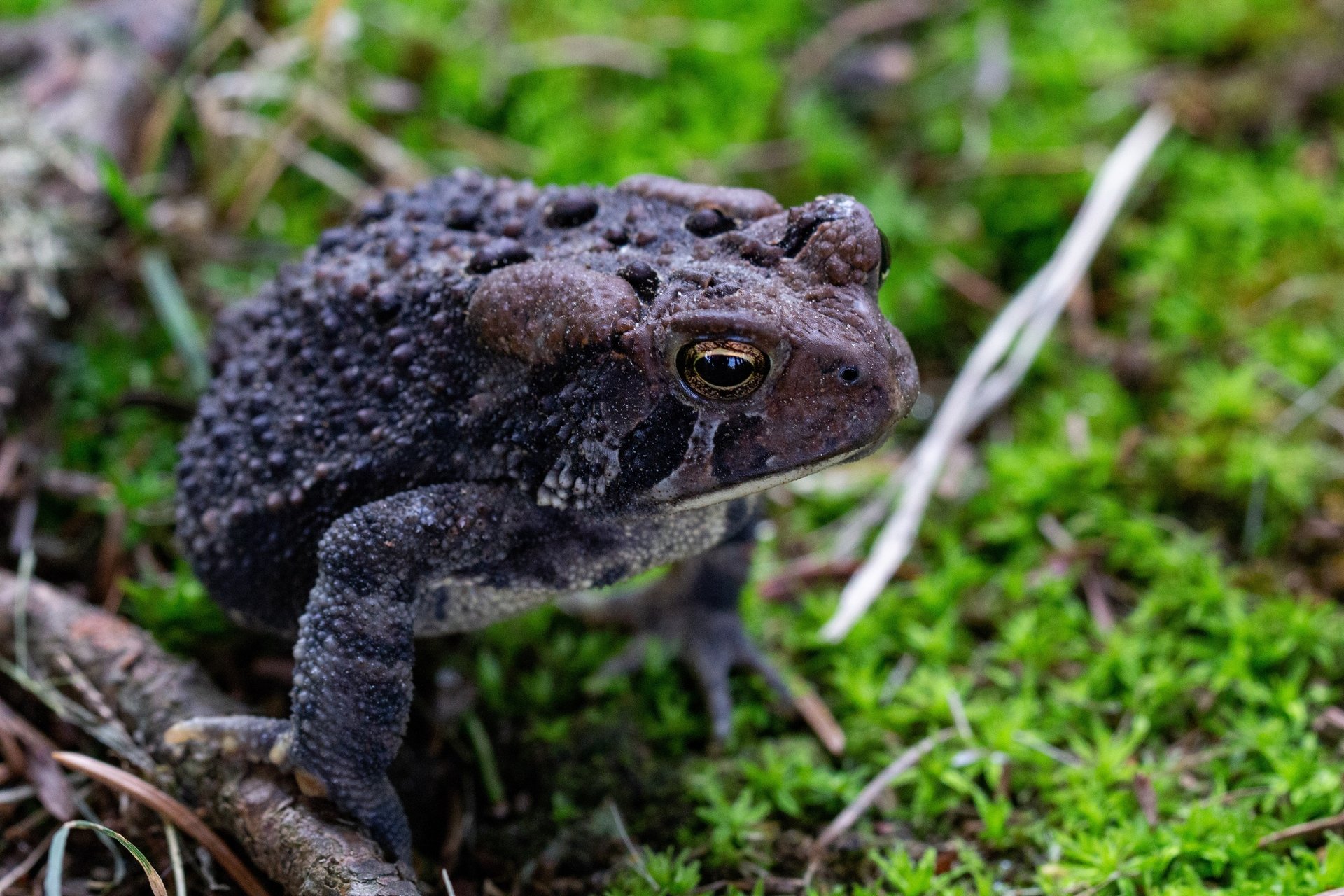
Associated with witches and sorcery, toads have been enveloped in myths suggesting they possess magical powers or cause warts. In reality, toads are beneficial creatures that feed on insects and serve as prey for various animals. Their dry, bumpy skin is harmless, and touching a toad won’t result in warts. However, it’s advisable to handle them minimally, as their skin is sensitive to chemicals from human contact.
Snakes: Essential Ecosystem Members
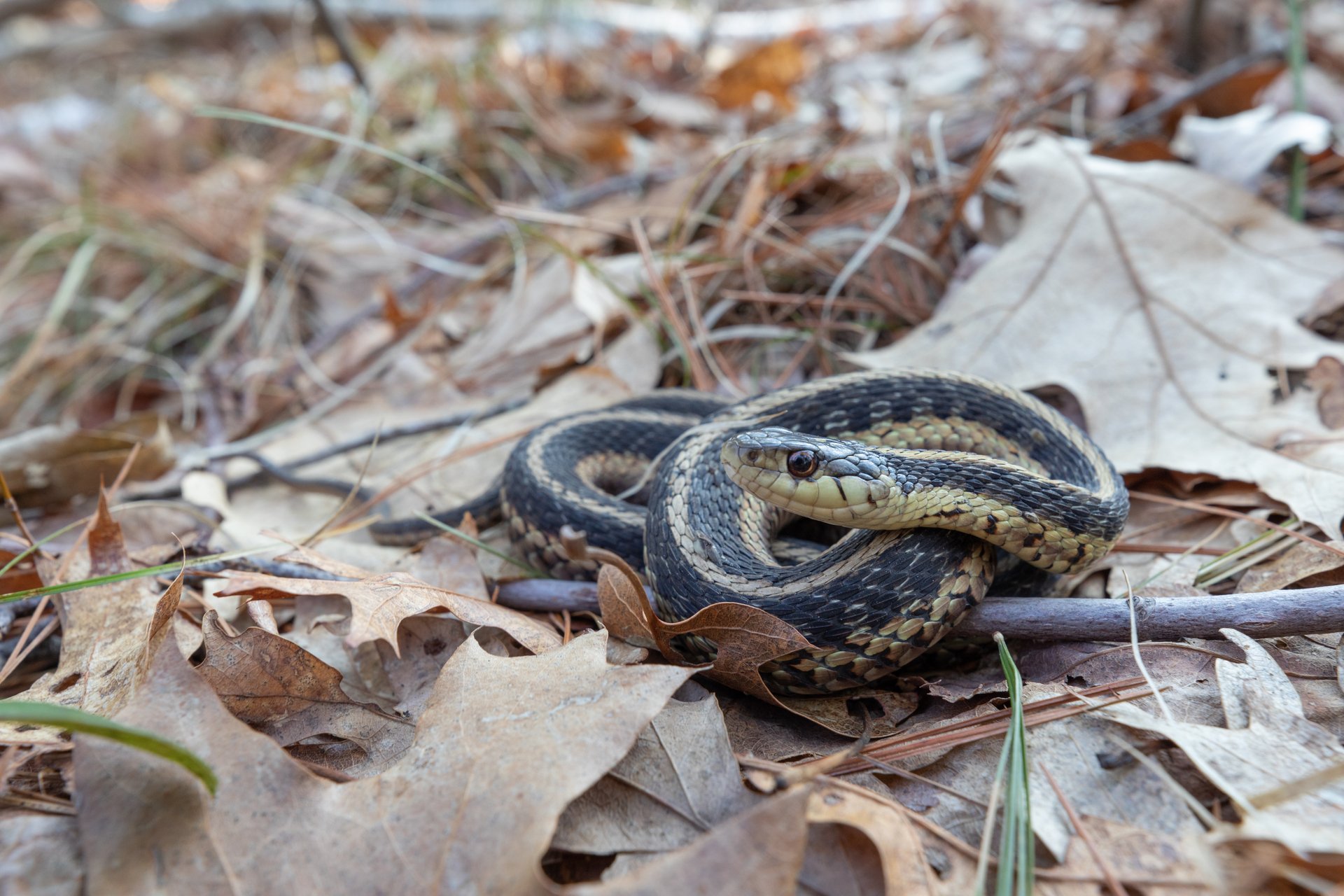
Snakes often instill fear, yet they are vital components of their ecosystems, acting as both predators and prey. Their diets include insects, amphibians, and small mammals, helping control these populations. In regions like Massachusetts, venomous snakes are rare and tend to avoid human interaction. More commonly encountered species, such as the garter snake, are harmless and contribute to ecological balance.
Bats: Insectivorous Night Flyers

Contrary to vampire legends, bats are not interested in human blood. They are adept insect hunters, consuming vast quantities of pests nightly, which benefits agriculture and reduces the spread of insect-borne diseases. Utilizing echolocation, bats navigate and hunt in the dark with remarkable precision.
Owls: Silent Hunters of the Night
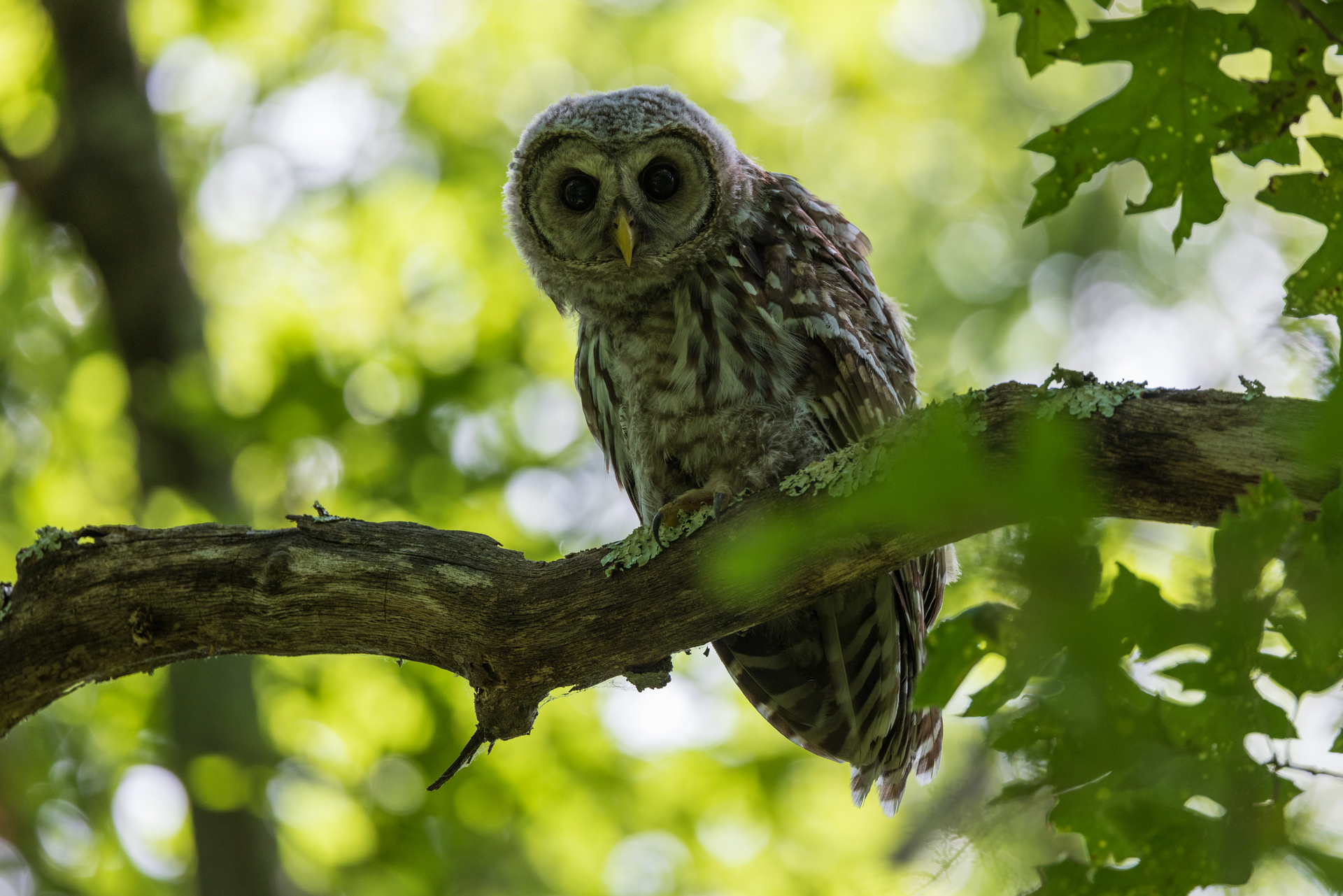
Owls, with their nocturnal habits and distinctive calls, have been linked to various superstitions. Their silent flight and exceptional hunting skills make them formidable predators of rodents and other small animals. Far from being omens, owls contribute significantly to controlling pest populations and maintaining ecological balance.
Appreciating Nature’s Diversity
Each of these traditionally “spooky” animals plays an integral role in the health of their habitats. As predators, prey, or pollinators, they are essential threads in the intricate web of biodiversity. The next time you encounter a raven, spider, toad, snake, bat, or owl, remember that their unique characteristics make them invaluable members of our natural world.


